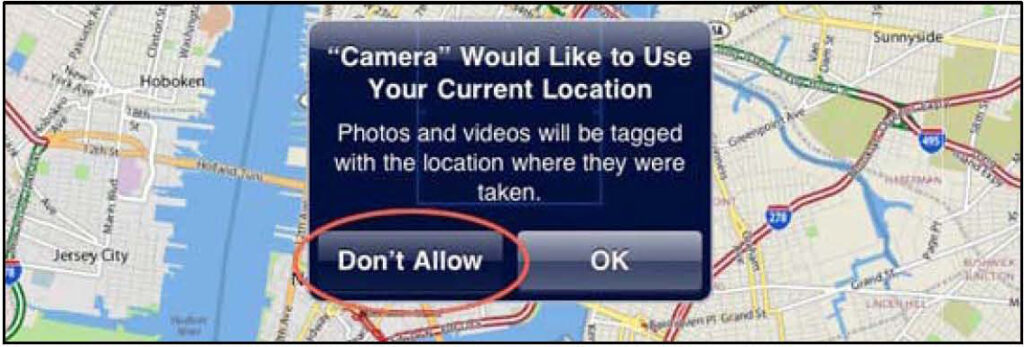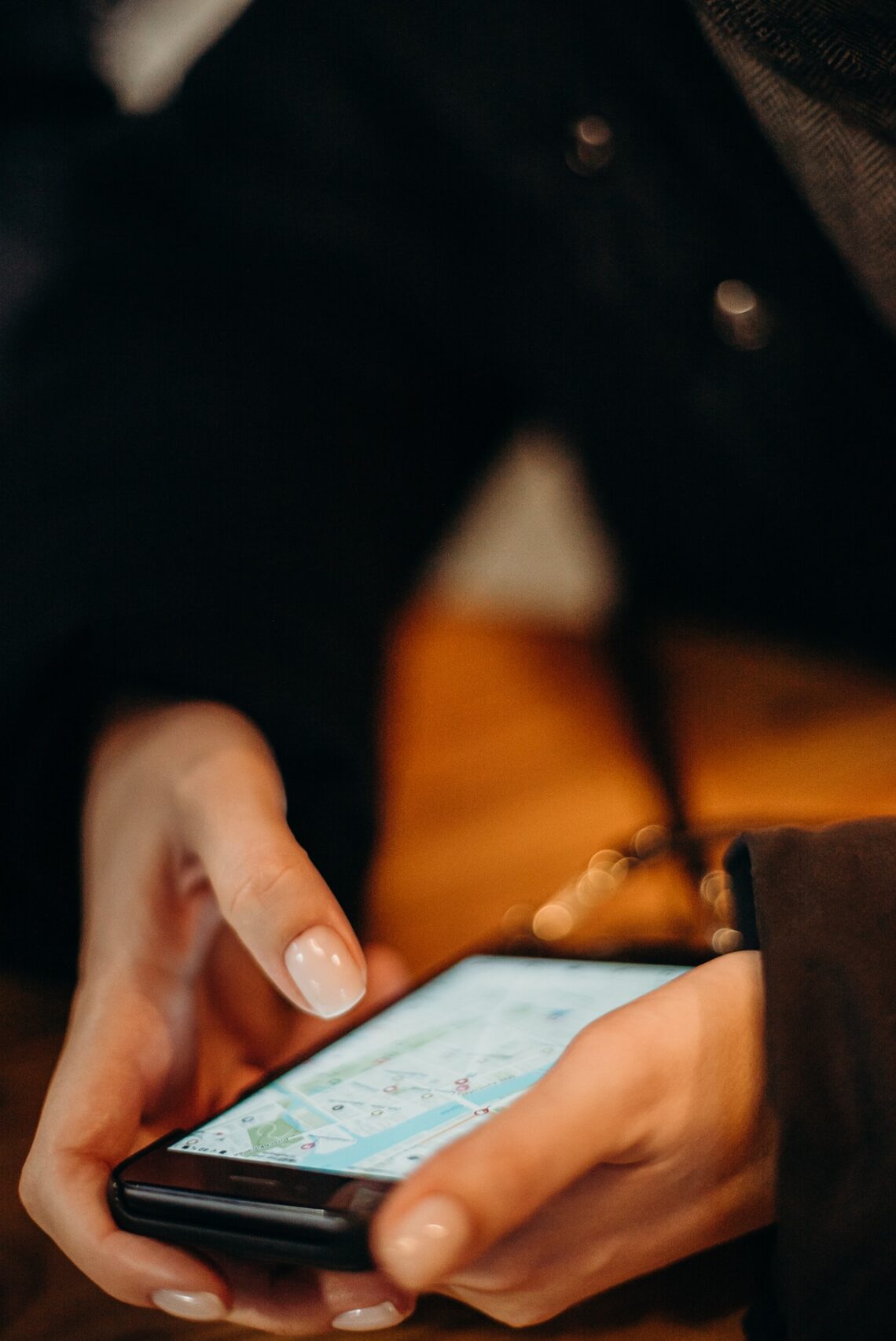We don’t often think about our current location as sensitive information but it can be something that you should consider protecting.
Social media has put us quite literally in the public eye. Every time you post a picture or status update to Facebook, make a Tweet, check-in to a location, you are sharing your location with your friends list and their friends and quite possibly friends of those friends and on and on.
And even more chilling… what happens if the location of your children becomes known to the entirety of the Internet?

Why all the sudden interest? Snapchat announced a new feature that allows users to see where their friends are posting on a map.
While the new feature may make it easier than ever to find and communicate with friends and check in on what people are up to around the world, some internet safety experts worry it may be another headache for parents.
In a recent article the BBC warned teens and their parents about a new location-sharing feature on Snapchat, a popular social app, that they fear may give out too much information about the whereabouts of its youngest users.
Introduced on June 21, Snap Map allows users to share their location with anyone on their Snapchat friend list and see the locations of their friends who do the same. The feature is a new way to use the location services already available in many other smartphone apps.
Users, who are required to be 13 years old, need to actively open Snapchat for their location to update on the map, according to a Snapchat spokesman.
Snapchat published “A Parent’s Guide to Safety” to answer basic questions about the app and give parents advice on speaking to their children about safety online. It tells parents that users who enable ghost mode will “disappear from the map within seconds.”
The guide reminds parents that there are risks that come with posting personal information that strangers can see and recommended that parents discuss the risks with their teenage children.
You CAN Be Found All Across Social Media

In many ways, Snap Map mimics other social media platforms that attempt to connect friends so they can meet up offline.
Apple has “Find my friends” while Facebook and Instagram allow users to tag themselves at certain locations and see who else has been there. Twitter gives users an option to add a location when they post a tweet. And Google also has location services.
The safety of any user depends on who they choose to add to their contact list.
Your children can have hundreds of online friends. Anybody can “friend” anybody, and with this new update, anyone who is “friends” with you can see your exact location.
Can Strangers View Location Info Even If Only Set to be Viewed By Friends?

Yep. This could happen…
- One of your “friends/contacts” leaves their Facebook account logged in on a publicly shared computer. Someone else gets on that computer and instantly has access to your info since you are the friend of the logged in user.
- A contact has left their phone unattended and it doesn’t have a passcode. It is stolen and the person who stole it opens the Facebook app and views your information
- Your contact attaches to a malicious Wi-Fi hotspot created by hackers to get information.
How To Keep You (And Your Kids) Safe

Don’t disclose your every move. Watch how often you update your statuses about where you are or “check-ins” on social media sites. By constantly posting where you are, you can make it easy for others to track your daily routine and activity. This constant updating could familiarize them with the exact time of each location that you’re at, the time spent at each location, and whether or not you’re by yourself or with others.
Never post saying that you are home alone. Don’t post at the same time everyday disclosing your location. You want to avoid people learning your routine and where you are during certain times of the day.
Wait until you’re safely home to post pictures of your vacation. By posting pictures of you away from your home for long periods of time i.e., vacation or on work or school trips, you are making yourself a target for burglars or home invaders. If your account is not private, anyone can see that you are not home.
Take a look at your phone. Check in settings to see how many apps you’ve authorized to access your location data. The vast majority specify that location data is only used while the app is active, but be wary that there could be authorized apps that are always tracking your location.





























